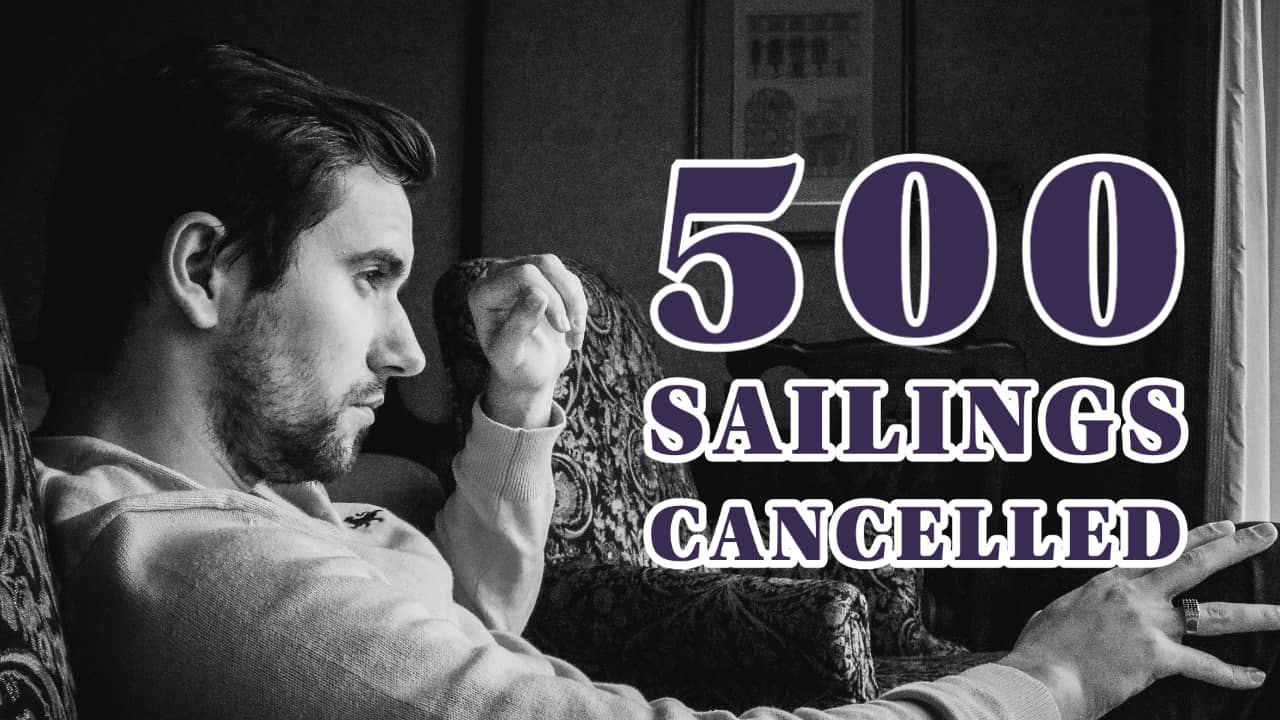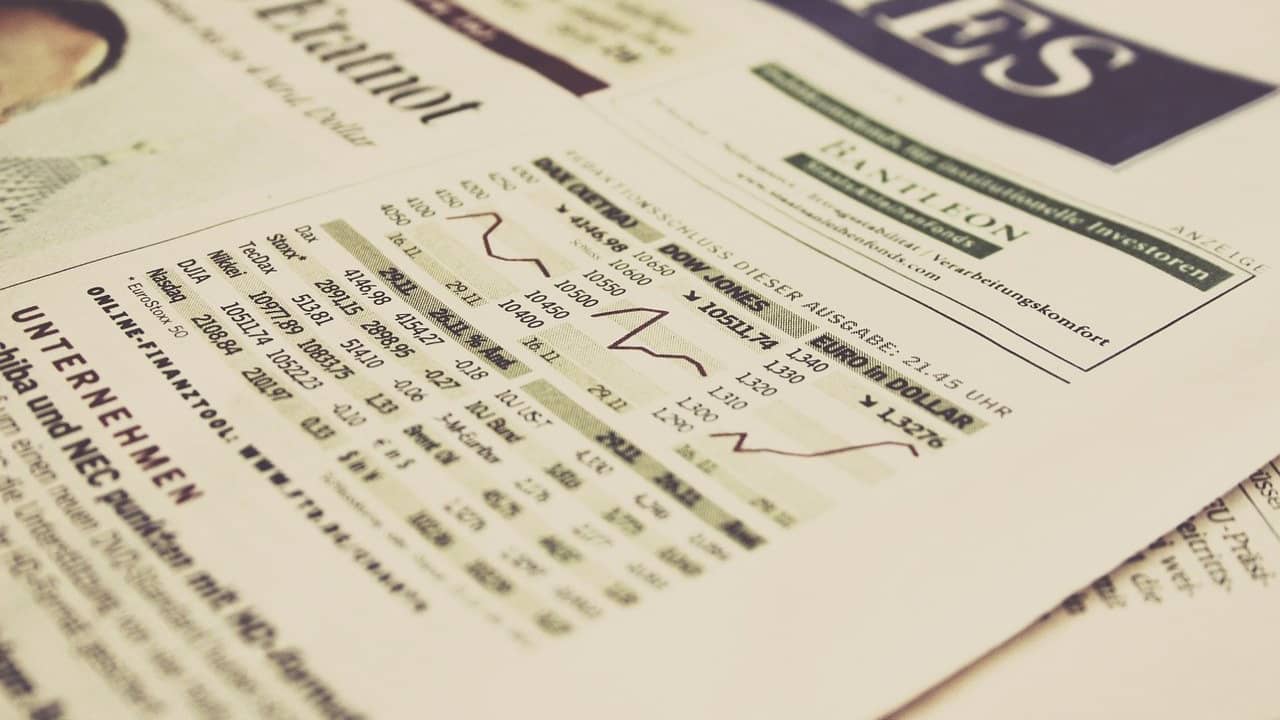
Why Shipping Lines Rack Up Losses & Need Urgent Recovery
5-minute read
As hopes for world trade gather momentum in the wake of countries loosening lockdown restrictions, the reality of the impact of COVID-19 on shipowners and operators is becoming apparent.
All industry segments have suffered from the pandemic with the possible exception of tankers, where there has been demand for floating storage.
Ferries, cruise lines, car carriers and offshore service vessels are the worst hit, with turnover in the first quarter of the year falling as much as 60%, according to a study conducted by the European Community Shipowners’ Association in April.
There is nervousness across all market sectors. Shipowners have taken a hit, with many charter rates dropping as a result of reduced demand.
Some are concerned about potential credit risk as shipping companies come under pressure from reduced earnings. These fears are real.
The UK had to step in to invest £35 million with six companies to safeguard 16 freight routes in danger of closure across the North Sea and to Ireland.
Individual port pairs were designated as Public Service Obligation Routes for up to nine weeks, with the government paying the shipping companies to maintain services which otherwise would probably have been axed.
Port companies welcomed such state support too because their revenues have dropped. The financial woes of the shipping companies have been fed down the line to the ports.
The British Ports Association announced that 86% of its member ports reported either “substantial or severe” impacts on their business as a result of the pandemic and a third reported that they required financial support.
At one stage the International Association of Ports & Harbours estimated 42% of ports globally were experiencing declines of 5%-25% in container vessel calls, and 10% of ports were seeing decreases of more than 25%.
As an example, Germany’s major port, Hamburg, reported a 7.9% reduction in cargo throughput in the first quarter of the year, inclusive of a 6.6% decline in containers.
In the US, the Federal Maritime Commission (FMC) recommended federal government aid to help some container terminal operators stay in business.
Two FMC commissioners wrote to the Department of Transport saying they feared some terminal operators could rack up such substantial losses that they might cease to operate, particularly if cargo volumes dropped below the “break point” of meeting the terminal operators’ fixed rents.
The commissioners argued that it was in the US national interest to protect the continued existence and prosperity of terminal operators to ensure an efficient supply chain.
Among the global shipping lines, the financial implications have been dire even though low bunker prices have helped ease the pain a little.
Some huge players such as CMA CGM have had to tap into state aid with the French line receiving a €1.05 billion loan secured from a consortium of banks, 70% guaranteed by the state.
South Korea injected US$1 billion to bail out its shipping sector, including flag-carrier HMM, which ironically has just taken delivery of a massive 24,000-TEU container ship, the HMM Oslo.
Taiwanese carrier Yang Ming recorded a US$27 million net loss for the first three months of this year following a loss of US$144 million for full-year 2019.

It is 48% state-owned and initiated a share issue to raise funds, which will probably rely on further government support.
Hapag-Lloyd saw its net result fall nearly 75% against the corresponding period of last year, albeit it still turned in a profit and its CEO Rolf Habben Jansen said that it is “well positioned to weather the storm”.
Maersk chief executive Søren Skou issued a warning to the industry that global container volumes could drop by as much as 25%.
An interesting development is that carriers have resisted the temptation to follow the pattern of previous market downturns, where they have responded with price wars in order to protect market share.
Perhaps because of the growing influence of alliances, which have consolidated the major players into tight groupings, they have instead moved to mitigate the damage to their bottom line by managing capacity and equating supply to demand.
They are doing so principally by “blanking” (cancelling) sailings because the volume of cargo available has been insufficient to fill the ships.
Blankings happen in the best of years as seasonal swings impact on cargo flows but this year’s rate is historically high. Lloyds List recently reported that since the outbreak of the pandemic, container lines had blanked more than 500 sailings.
The highest sailing cancellation since the COVID-19 outbreak was in February, registering a spike of 105 cancellations across Transpacific and Asia-North Europe and Mediterranean trades.
The lowest was in March, with only 33 cancellations.
This provides weekly insights for shippers, freight forwarders and NVOCCs, helping them to face the daily operational challenges generated by the uncertainty of sailing schedules and the continual reductions in capacity deployed on the major container shipping routes.
The effect has been to dramatically reduce the amount of box slots available on the major East-West trades.
The Asia– Europe trade (an important one for New Zealand because we tranship on to it for some of our exports to Europe and elsewhere) had just over 25% of its capacity removed.
This, along with other measures such as slower steaming and diverting ships around the Cape of Good Hope instead of via the shorter route through the Suez Canal, has to a degree stabilised freight rates.
Industry analysts Sea-Intelligence reported that rates had already recovered significantly from a major collapse earlier in the year.
Another factor which will ease the pressure on major lines is a delay to newbuilds coming on stream. This will help dampen the supply of more capacity.
The question is, when will there be a snap back in demand? Some international economic forecasters have suggested there will be a major upturn from July onwards.
Although the current feeling in New Zealand is optimistic, as we drop down through the alert levels, there are continuing fears about the ability of the UK and US to control fresh outbreaks of the virus.
Plus, there is the constant threat of an escalating trade war between the US and China. With the shipping and ports industries craving a return to normality, that’s the last thing we want to hear.
Other practical difficulties during the virus outbreak.
Not only were crews unable to be repatriated, but conducting surveys became a problem.
One shipowner revealed he had a vessel dry docking in Brazil for a survey and couldn’t send an engineer because no one was willing to go to a country which at that time did not have COVID19 under control.
The survey had to be conducted by a video link with the master showing the particular parts of the vessel that the engineer wanted to check.
Another vessel was intended to be going for scrap but the beaching in India was stopped because of restrictions of taking the vessel into that country’s waters.
SOURCE: NZ Shipping Gazette
P.S. Easy Freight Ltd helps New Zealand importers & exporters to save money on international freight and reduce mistakes by guiding how to comply with Customs and biosecurity rules.
➔ Contact us now to learn how we can assist you.
